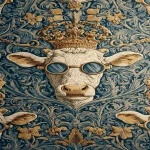Explore the Best AI Image Gallery
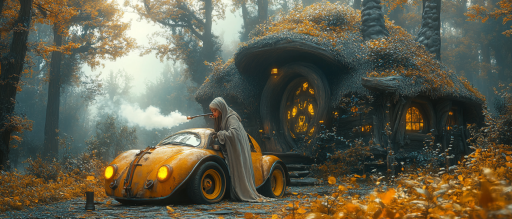
The Visual Revolution: Exploring AI-Generated Content in the Creative Sphere
As technological advancements continue to reshape various sectors, one of the most intriguing developments has emerged in the realm of visual content creation—AI-generated imagery. For artists, designers, and content creators, this burgeoning technology not only signifies a shift in creative processes but also raises important questions regarding authenticity, ownership, and the future of creativity itself.
The Rise of AI in Visual Creation
AI-generated visual content has witnessed a meteoric rise in recent years, fueled by machine learning algorithms capable of producing stunning, high-quality images based on specific inputs. This technology relies on vast datasets to train models, enabling them to understand and replicate artistic styles, color palettes, and complex design elements. Tools like DeepArt, DALL-E, and Artbreeder have gained significant traction, allowing users to generate unique artworks with minimal artistic skill.
For instance, DALL-E, developed by OpenAI, uses a neural network trained on millions of images and captions to create original illustrations based on textual descriptions. Such capabilities drastically reduce the time and effort traditionally required for visual creation, opening doors for non-professionals to engage in artistic expression.
Applications Across Industries
The potential applications of AI-generated visual content are vast and varied. In the marketing realm, brands leverage AI tools to create captivating advertisements, social media posts, and promotional materials that resonate with consumers. Real estate agencies utilize AI to enhance property listings with rendered images and virtual staging. Moreover, in the fashion industry, designers employ AI technology to visualize new collections and trends faster, enabling them to respond to market demands with agility.
Some additional applications of AI-generated visual content include:
- Film and Animation: AI-generated visuals assist in storyboarding and concept art, enhancing visual storytelling.
- Video Games: AI can rapidly generate environments, characters, and scenes, enriching the gaming experience.
- Architecture: Architectural firms utilize AI to visualize designs and explore innovative spatial arrangements.
- Education: Interactive visual aids generated by AI can enhance learning experiences, making complex concepts more accessible.
Ethical Considerations and Challenges
While the advantages of AI-generated visual content are undeniable, they come with ethical implications that require careful consideration. Key concerns include:
- Authorship and Ownership: Who owns the rights to an AI-generated image? As AI systems create images based on learned patterns, questions arise about the originality of these works and how copyright laws apply.
- Job Displacement: As AI continues to permeate the creative industry, fears of job loss among artists and designers grow. It raises the question: will AI enhance creativity or replace human roles?
- Bias and Representation: AI models are only as good as the data they are trained on. If datasets lack diversity, the visual output may inadvertently reinforce stereotypes or exclude marginalized voices.
Future Trends in AI and Visual Content
The future of AI-generated visual content is bright, with exciting trends on the horizon. As technology continues to evolve, several key developments are likely to shape its trajectory:
- Increased Personalization: AI will enable highly personalized visual content tailored to individual preferences, enhancing user engagement.
- Collaborative Creativity: The line between human and machine-generated art will blur, leading to new forms of collaboration where artists can enhance AI outputs with their unique vision.
- Real-Time Generation: Future AI tools may allow for real-time creation of visuals during live events or presentations, enabling dynamic storytelling experiences.
The combination of creativity and technology has the potential to redefine artistic practices in unprecedented ways. While the implementation of AI in visual content creation raises essential questions and challenges, it also offers innovative solutions and immense opportunities for evolution within the creative industry.
Conclusion
The integration of AI-generated visual content into our creative ecosystems reflects a new era in how we perceive and create art. As artists and technologists continue to explore this exciting frontier, the conversation around ethics, ownership, and the role of AI will remain crucial. Embracing this change can stimulate creativity, expand artistic horizons, and ultimately lead to a more diverse and inclusive representation in the visual arts.
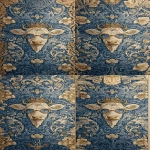
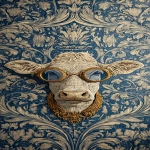
](https://images.ai-img.art/thumbnails/150/ab90086e40a02c62bf04e73af7cf676b0e16cec91758247452657466b870af18.webp)
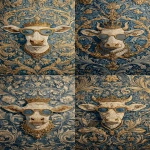
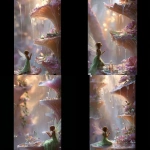
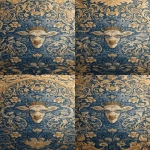
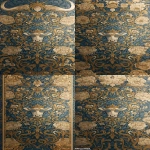
](https://images.ai-img.art/thumbnails/150/7707fa8f9b58ba93b5952c351c556e539c2ea5d18c6cda10106759ea45ae6ce4.webp)
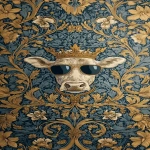
](https://images.ai-img.art/thumbnails/150/09c13dbe155abe504e563d205d595e912d5eb66e4357f65baa1bc3fc8ad831eb.webp)
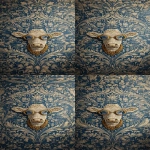

](https://images.ai-img.art/thumbnails/150/0217142de3b79e38f988b7929024a6d215453ae1263a44c914b2baf3338f751f.webp)
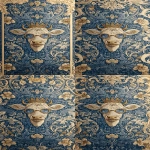
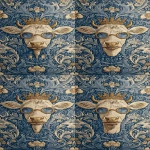
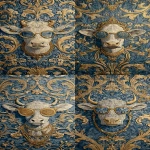
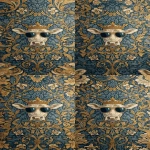
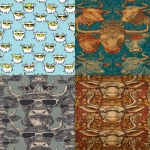
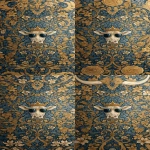

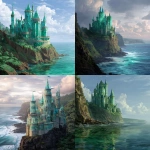
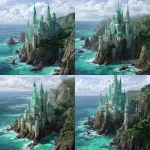
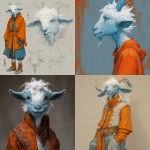
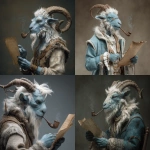

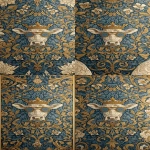

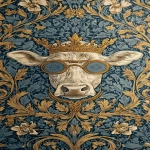
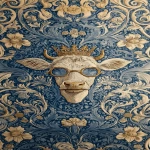
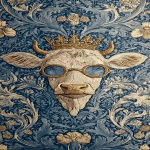


](https://images.ai-img.art/thumbnails/150/ecaaa7f57d0e8c3fd910c96cf511151b430af879c94ea84bf3688a23f088cafc.webp)
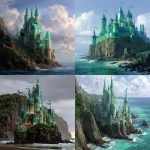
](https://images.ai-img.art/thumbnails/150/d528b2ba18709bfc03c5f343cf874940e558ebfd699cdddc6f49568bfa90e213.webp)

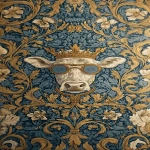
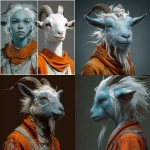
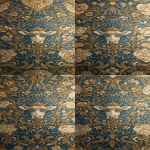
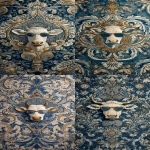
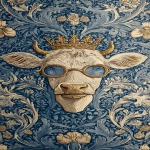
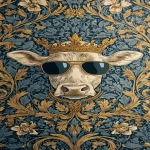
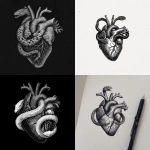

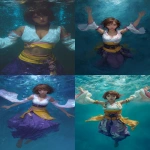
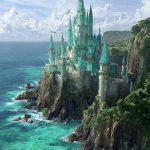
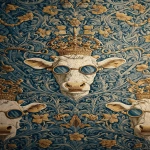
](https://images.ai-img.art/thumbnails/150/5365b1ed776fd7cb58dd9095c6baee73acbe885e3872eb3bde0bf5584f26d72c.webp)
](https://images.ai-img.art/thumbnails/150/364a76b2a987e4d93118637216cd093297b79b132eefc41e3ccb5d7faafe2fed.webp)
